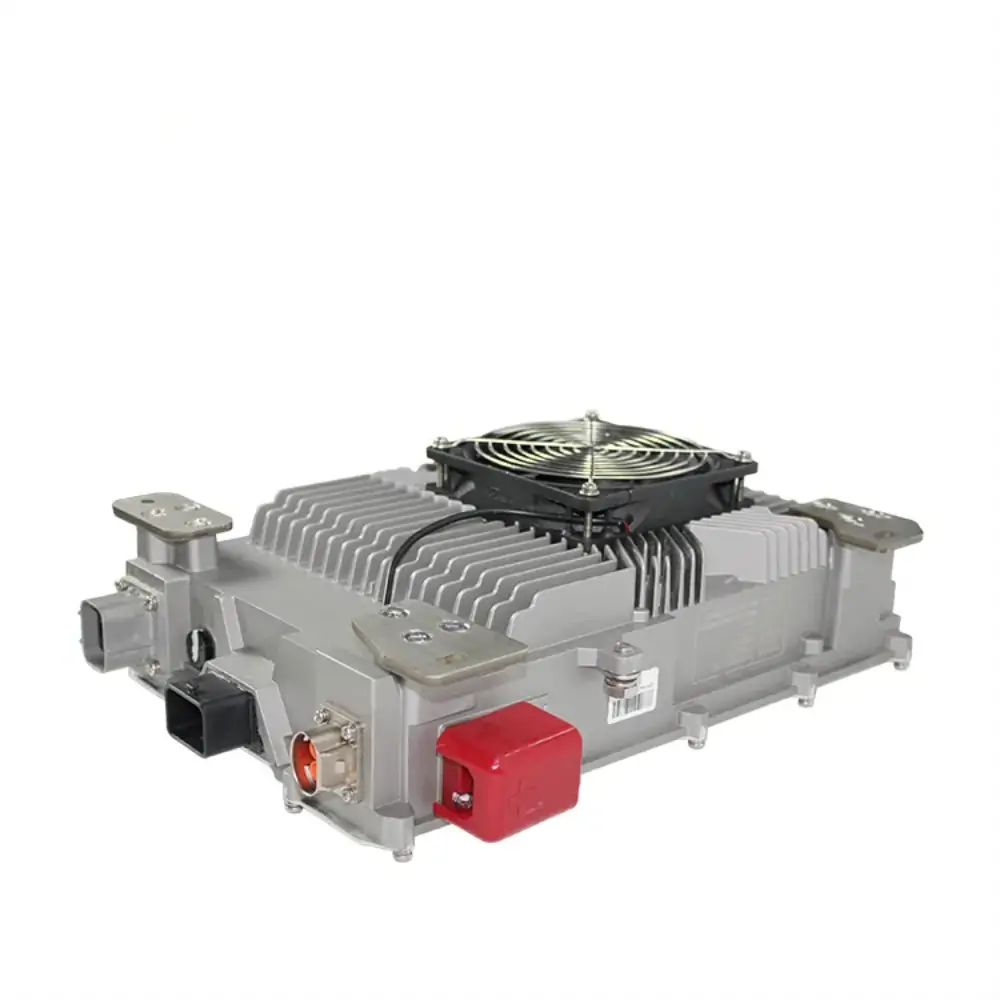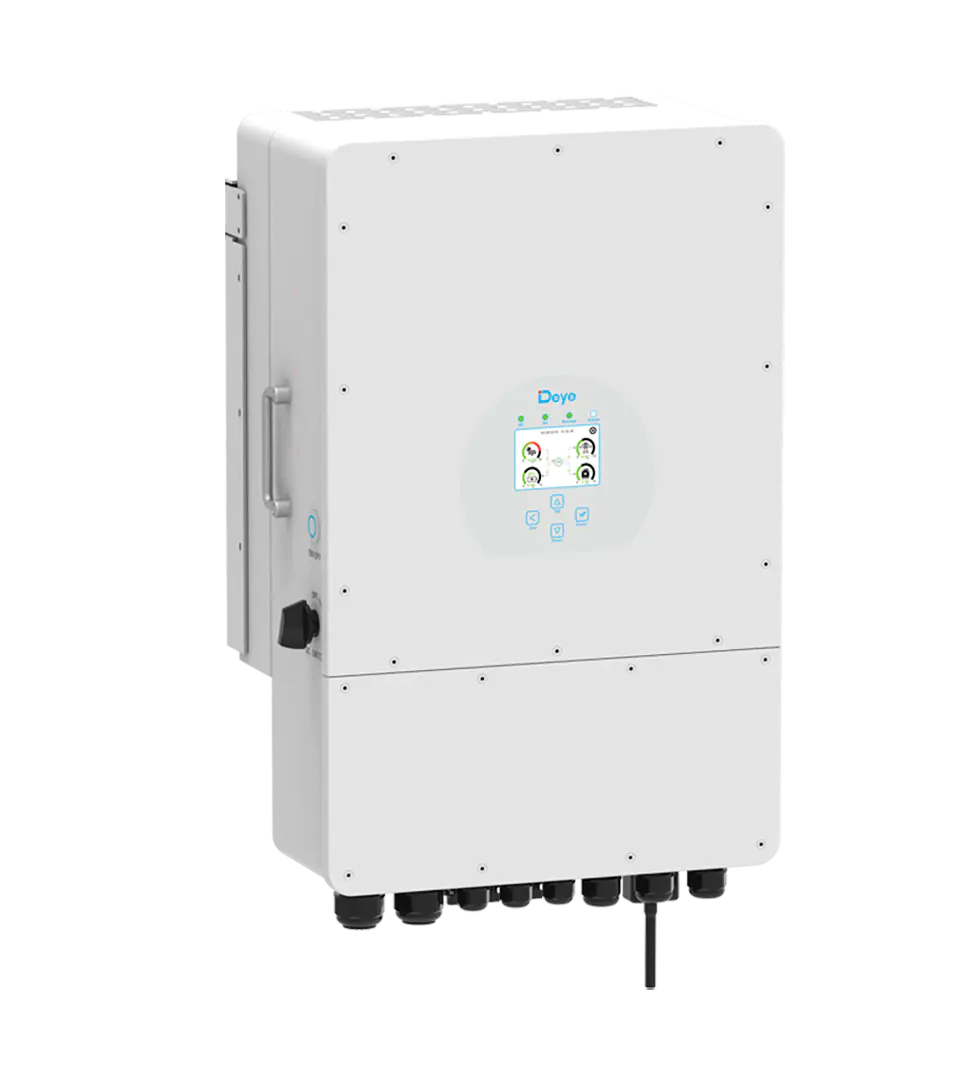 |
Welcome To Evlithium Best Store For Lithium Iron Phosphate (LiFePO4) Battery |
 |
If you're planning to build your own LiFePO4 battery, there are several key components you'll need to familiarize yourself with. Understanding the role of each part is essential to ensure your battery pack is safe, efficient, and reliable.

The charger is crucial for your LiFePO4 battery. Unlike other batteries, LiFePO4 batteries have specific charging requirements to protect the circuit and ensure the battery receives the right voltage. Typically, a charger for a single LiFePO4 cell should provide between 3.4V and 3.65V. For a battery pack, you'll need to select a charger that matches the overall voltage of the pack. The charger should also offer constant current and constant voltage to ensure safe and efficient charging.

The Battery Management System, or BMS, is arguably the most critical component in your DIY LiFePO4 battery setup. The BMS acts as a "battery guardian," monitoring and managing each cell to prevent issues like overcharging, over-discharging, and over-current. It also keeps an eye on the temperature to avoid overheating and prolong battery life. Some advanced BMS units come with features like low-temperature cutoffs and Bluetooth connectivity. It's important to choose a BMS that matches the voltage of your specific battery pack.
The balancer is another vital component, responsible for maintaining the charge balance across all cells in your battery pack. This helps prevent performance degradation due to voltage imbalances. Without a balancer, you'd need to manually balance the cells periodically, which is time-consuming. Therefore, using a balancer is highly recommended, and like the BMS, it should be chosen based on the size and configuration of your battery pack.

The inverter is essential if you plan to power devices that run on alternating current (AC), as your battery stores direct current (DC). The inverter converts DC to AC and often includes features to optimize energy consumption and minimize power loss. Modern inverters are highly efficient, with energy conversion rates exceeding 90%, making them a practical addition to your setup.
Busbars are metal strips that connect each cell in your LiFePO4 battery pack. They are typically made from pure copper or brass, chosen for their conductivity. When you purchase your battery cells, the supplier usually provides appropriate busbars. However, if you decide to make your own, you'll need to consider factors like the distance between cells and the expected current, and select materials accordingly. In some cases, you may need to use cables instead of busbars.
Building a DIY LiFePO4 battery requires careful planning and a good understanding of each component involved. You'll also need wires to complete the circuit connections. For beginners, it's crucial to have an experienced professional assist you. Even if you're experienced, safety should always be a top priority. DIY LiFePO4 battery projects can range from simple to complex, so make sure you're well-prepared and knowledgeable before diving in.
Edit by paco
All Rights reserved © 2025 Evlithium Limited